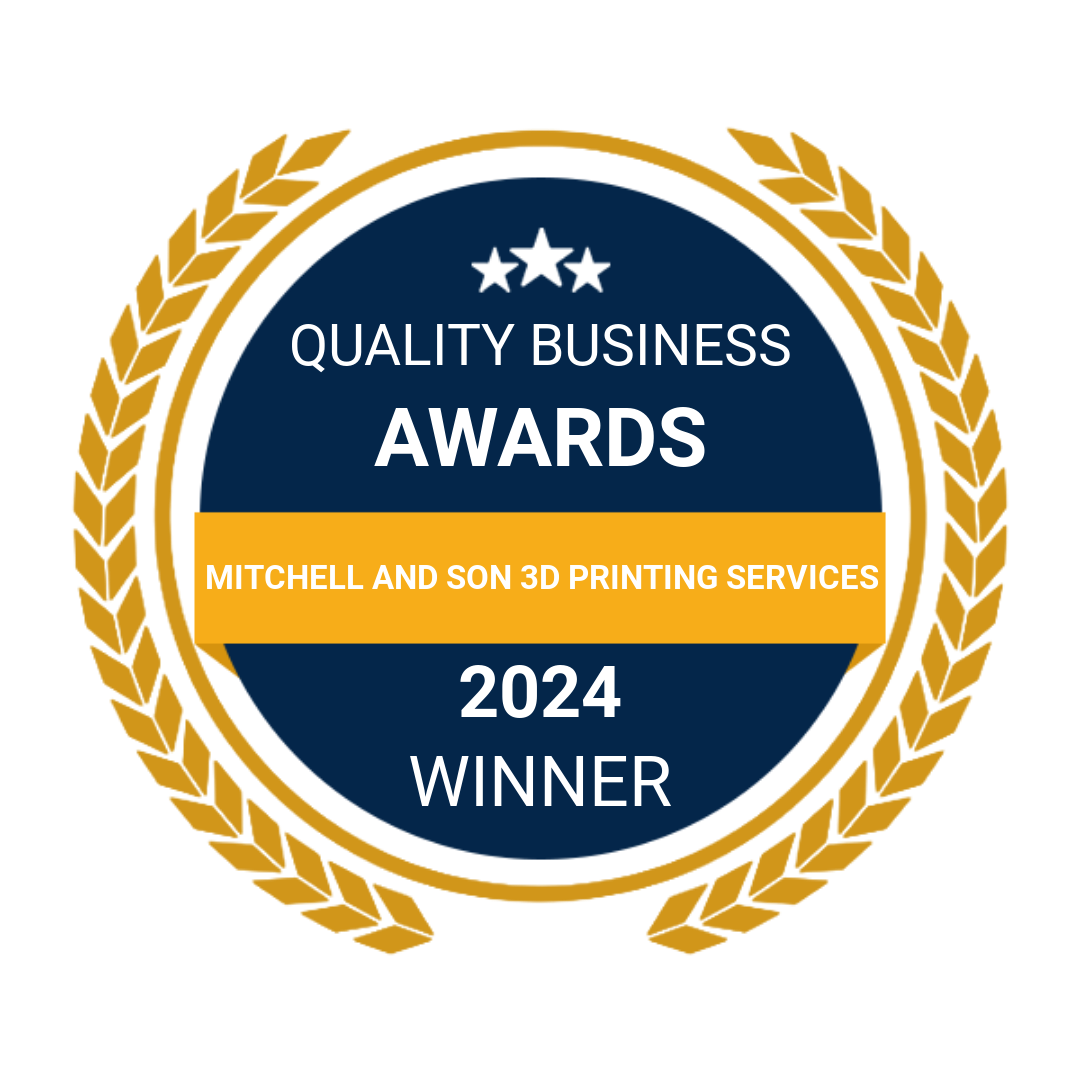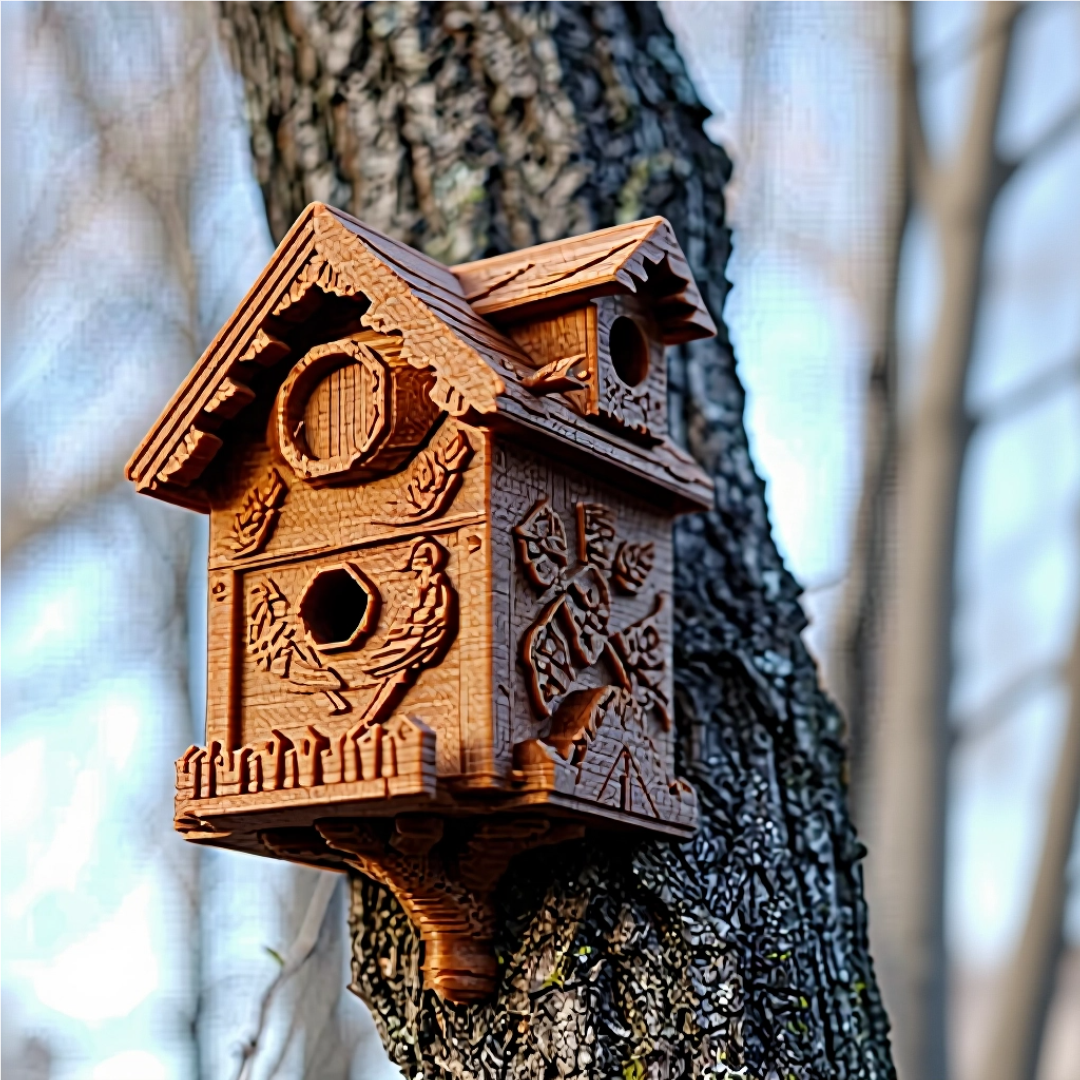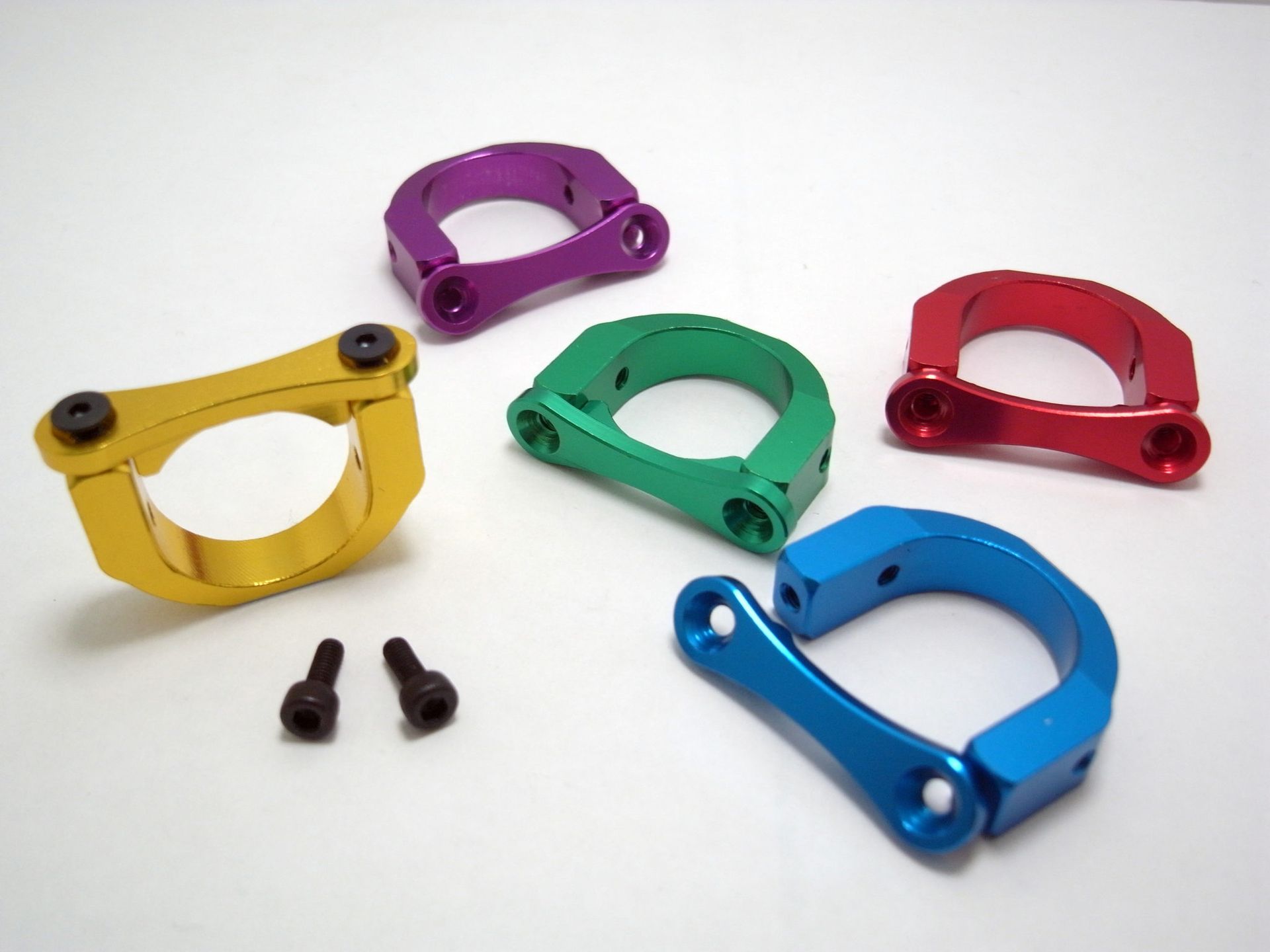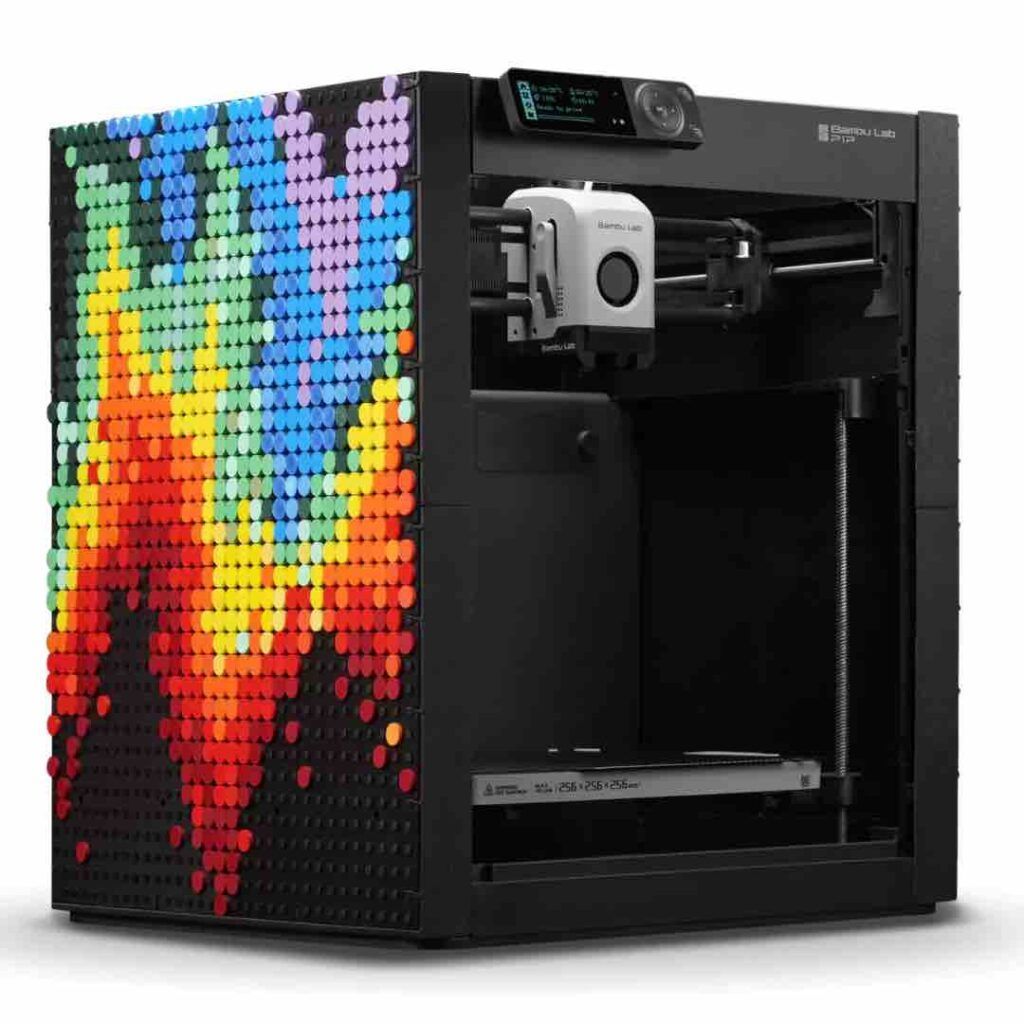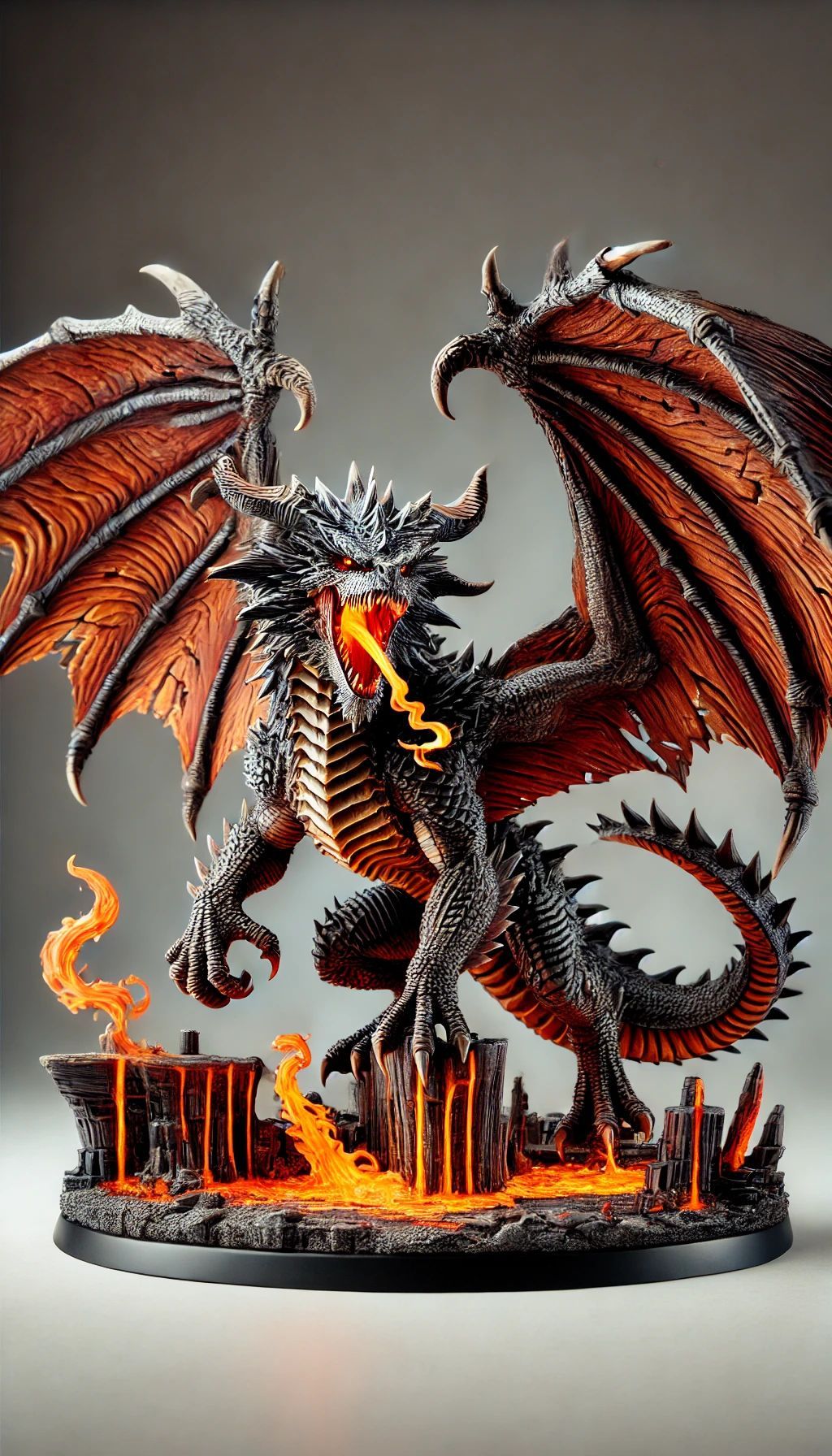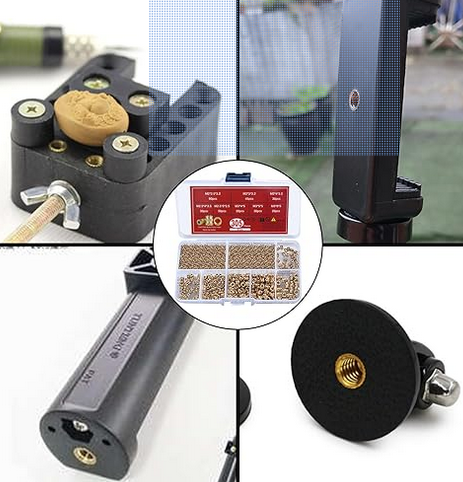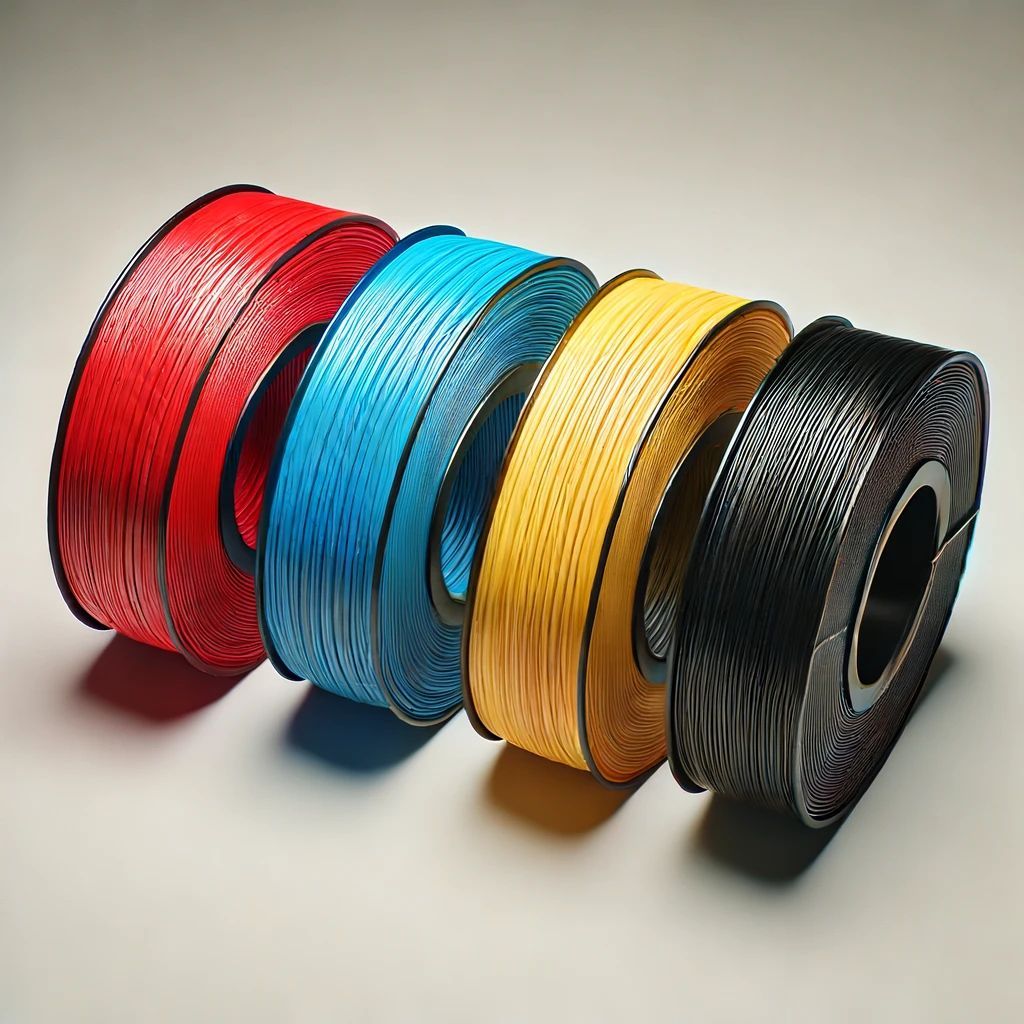3D Printed ASA
ASA – UV-Stable Strength for Outdoor and Long-Term Use
Overview
ASA (Acrylonitrile Styrene Acrylate) gives you solid mechanical performance with the added bonus of UV resistance. Think of it as ABS that doesn’t care if it’s baking in the sun all day. It’s durable, impact-resistant, and doesn’t fade or crack with long-term outdoor use — which makes it a top pick for parts going into harsh or weather-exposed environments.
We’ve used ASA for everything from garden machine parts to external brackets on vans. If the job needs a strong part that won’t go brittle in a few months — ASA is the safe bet.
Key Technical Specifications (Typical Values)
• Tensile strength: 45–55 MPa
• Elongation at break: 10–30%
• Heat deflection temperature: 95–105°C
• UV resistance: Excellent
• Impact resistance: High
• Surface finish: Matte – slightly smoother than ABS
• Density: ~1.07 g/cm³
• Chemical resistance: Good (solvents, fuels, oils)
This isn’t the material you pick for looks — it’s the one you use when the part has a job to do, rain or shine.
Why Engineers Use ASA
Engineers come to us with parts that live outdoors, on vehicles, or in industrial units with sun exposure. ASA is great when:
• The part needs to survive sun, rain, and temperature swings
• You want ABS-level performance but with better longevity
• You’re prototyping for external parts or electrical enclosures
• You need colour stability – ASA won’t yellow like other plastics
It’s also easier to sand and post-process than Nylon, and it doesn’t absorb as much moisture either.
Where We Use ASA
We’ve used ASA on:
• Electrical housings and sensor covers for outdoor use
• Vehicle brackets, clips and trim for vans and trailers
• Replacement parts for tools and appliances used outdoors
• Sign holders, outdoor mountings, and garden hardware
• UV-stable functional prototypes that need to last
If it’s going to be bolted to something outside — ASA is the one.
What to Consider with ASA
Like ABS, ASA needs a bit of experience to get right:
• Needs an enclosed build space — it can warp without it
• Prints between 240–260°C, with a bed at 90–110°C
• Fumes are a thing — proper ventilation is important
• Post-processing is easier than with ABS — sands nicely, acetone smoothing optional
We prep every ASA print based on where it’s going — light-duty = lighter infill. Structural = full infill, thicker walls, reinforced zones. We don’t guess — we print for purpose.
Why Buyers Choose ASA
From the buyer’s side, ASA is all about value over time:
• Doesn’t break down in the sun — no cracking or chalking
• Looks professional even after months outside
• Good for low-volume runs with no tooling needed
• Strong enough to handle everyday use
So if you're replacing something that's exposed to the weather — don’t waste money on ABS or PLA. Go straight to ASA and know it’ll last.
Why We Use It at Mitchell & Son
I remember a job for a tradesman who needed a vent cover for a mobile workshop — the OEM part had cracked in less than a year. He’d replaced it twice already. I told him, “Let’s do it in ASA — one print, and you won’t need to think about it again.” He’s still using that same cover. That’s what we aim for — parts that solve the problem once, not every six months.
We don’t push fancy materials unless they’re needed. ASA just happens to be the right answer when outdoor performance matters.
SOME INFOMATION ABOUT THE MATERIAL
We work with businesses, industries, and the man on the street, helping people bring their projects to life.
Whether it’s a one-off replacement part you can’t buy anymore, a prototype for an engineering project, or a run of durable products for commercial use, we’ve got the tools, the CAD design skills, and the 3D printers to get the job done properly.
And ASA is one of the materials that makes a lot of those jobs possible.
💪 Why ASA Is Better Than ABS
ASA was actually developed as an alternative to ABS — which you’ll know is tough but not great outdoors. ABS can go brittle if it’s left in the sun too long.
ASA keeps all the benefits of ABS but adds in extra weather and UV resistance, which makes it far more useful in the real world.
It’s got:
High impact resistance – perfect for parts that get a lot of use or stress.
Strong tensile strength – it can take some pulling forces without snapping.
Heat resistance – holds its shape even when things get hot.
Chemical resistance – so it won’t crumble the minute it meets a bit of oil, fuel, or cleaning fluid.
Basically, it’s a tough all-rounder. If I’m printing something that’s going to be used outdoors or in a workshop, ASA is usually my first choice.
🌦️ Great for Outdoors and Industry
One of ASA’s best traits is how well it handles the weather. Unlike some plastics that start to fade or break down, ASA will sit in the garden, on a vehicle, or out on site and just keep on going. That’s why industries use it for things like:
Automotive parts (trims, housings, clips)
Electrical casings
Outdoor signage
Garden tools and household bits
For businesses, ASA means longer-lasting parts that don’t need replacing as often — which saves money. For the average person, it means if I make you a bracket, clip, or fitting in ASA, it won’t fall apart after one summer.
🛠️ How We Print ASA Properly
Now, ASA isn’t the easiest material to print if you don’t know what you’re doing. It needs higher temperatures and the right setup to stop it from warping.
Here’s how we handle it on different printers:
Bambu Lab printers – Nozzle between 240°C and 260°C, bed at 90–110°C, enclosed chamber for best results.
Creality printers – Similar nozzle temp (240–260°C), bed around 100°C, and an enclosure to avoid drafts.
Prusa printers – Nozzle 250–255°C, bed around 110°C. Sometimes we’ll use a glue stick or adhesive sheet to keep things stuck down.
The point is, we know how to dial it in so the part comes out right — strong, neat, and ready to use.
🔄 Reverse Engineering with ASA
A lot of our work at Mitchell & Son involves reverse engineering — where a customer brings us a broken or missing part, and we design and rebuild it in CAD, then print it new.
ASA shines here because it’s durable and accurate, meaning we can give customers a proper replacement that lasts.
Instead of paying thousands for injection moulding tooling, we can make you the one or two parts you need — at a fraction of the cost.
That’s why both industries and everyday people come to us: we save them time and money.
🌍 ASA and the Environment
I know plastic gets a bad reputation, but ASA has some environmental upsides worth mentioning:
It lasts longer than materials like ABS, so you don’t need constant replacements.
It resists chemicals and weather, so it doesn’t degrade as quickly.
It’s recyclable, so when it does reach the end of its life, it doesn’t have to go straight to landfill.
Compared to PLA, which is biodegradable but often doesn’t last long outside, ASA is a more sustainable choice when you need real durability.
⚙️ Why Businesses and Everyday People Work With Us
We’ve built our reputation on being practical, affordable, and honest. Big companies use us because we can turn jobs around quickly without the massive costs of traditional manufacturing.
Everyday customers use us because we’ll happily take on the small jobs too — like fixing a broken train lever clip (yes, we’ve done that!) or making a custom part you just can’t buy anymore.
We don’t just print and hand it over — we guide you through materials, design, and finish, so you get something that’s fit for purpose. Need it sanded, painted, or resin-coated for extra strength? We do that too.

